Nationality Italian Period Baroque Movement Baroque | Name Giovanni Barbieri Siblings Paolo Antonio Barbieri | |
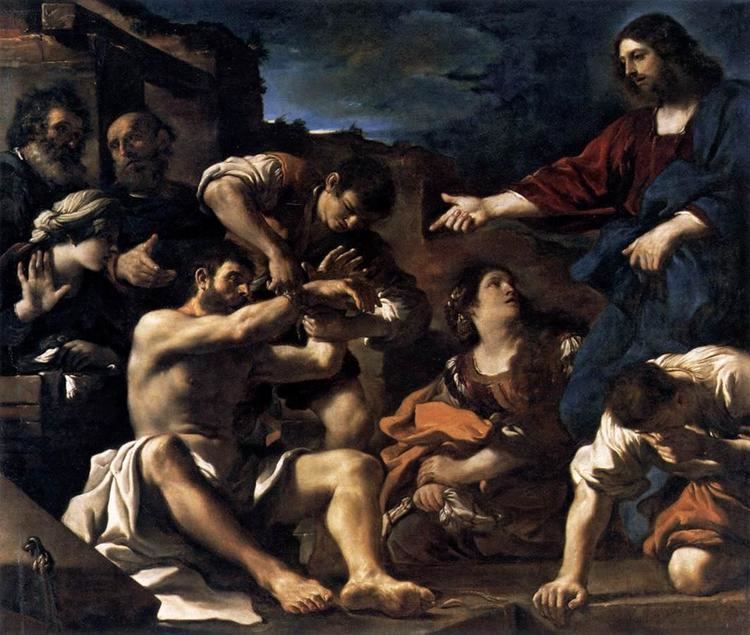 | ||
Full Name Giovanni Francesco Barbieri Artwork Et in Arcadia ego, The Burial of St Petronilla, Parable of the Prodigal, Lot and His Daughters | ||
Guercino corretto una volta guercino corregido una vez
Giovanni Francesco Barbieri (February 8, 1591 – December 22, 1666), best known as Guercino, or il Guercino [ɡwerˈtʃiːno], was an Italian Baroque painter and draftsman from the region of Emilia, and active in Rome and Bologna. The vigorous naturalism of his early manner is in contrast to the classical equilibrium of his later works. His many drawings are noted for their luminosity and lively style.
Contents
- Guercino corretto una volta guercino corregido una vez
- Guercino corretto quattro volte guercino corregido cuatro veces
- Biography
- Career
- Exhibitions
- References
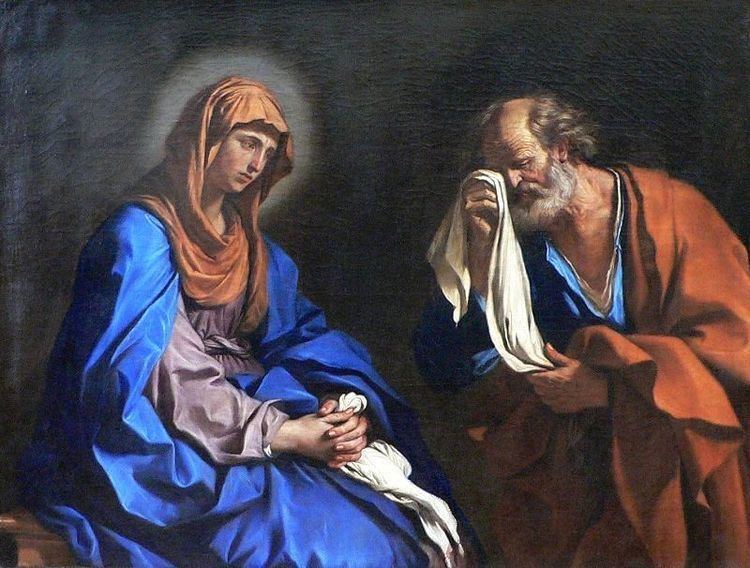
Guercino corretto quattro volte guercino corregido cuatro veces
Biography

Giovanni Francesco Barbieri was born in Cento, a village between Bologna and Ferrara. At an early age he acquired the nickname Guercino (Italian for 'squinter') because he was cross-eyed. Mainly self-taught, at the age of 16, he worked as apprentice in the shop of Benedetto Gennari, a painter of the Bolognese School. By 1615, he moved to Bologna, where his work was praised by Ludovico Carracci. Guercino painted two large canvases, Elijah Fed by Ravens and Samson Seized by Philistines, for Cardinal Serra, a Papal Legate to Ferrara. These paintings have a stark naturalist Caravaggesque style, although it is unlikely that Guercino saw any of the Roman Caravaggios first-hand.
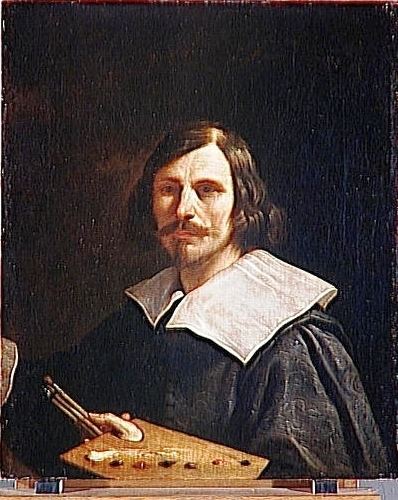
The Arcadian Shepherds (Et in Arcadia ego) was painted in 1618 at the same time of The Flaying of Marsyas by Apollo in Palazzo Pitti. Its dramatic composition is typical of Guercino's early works, which are often tumultuous. He often claimed that his early style was influenced by a canvas of Ludovico Carracci that he saw in the Capuchin church in Cento. Some of his later works are closer to the style of his contemporary Guido Reni, and are painted with more lightness and clearness.
Career
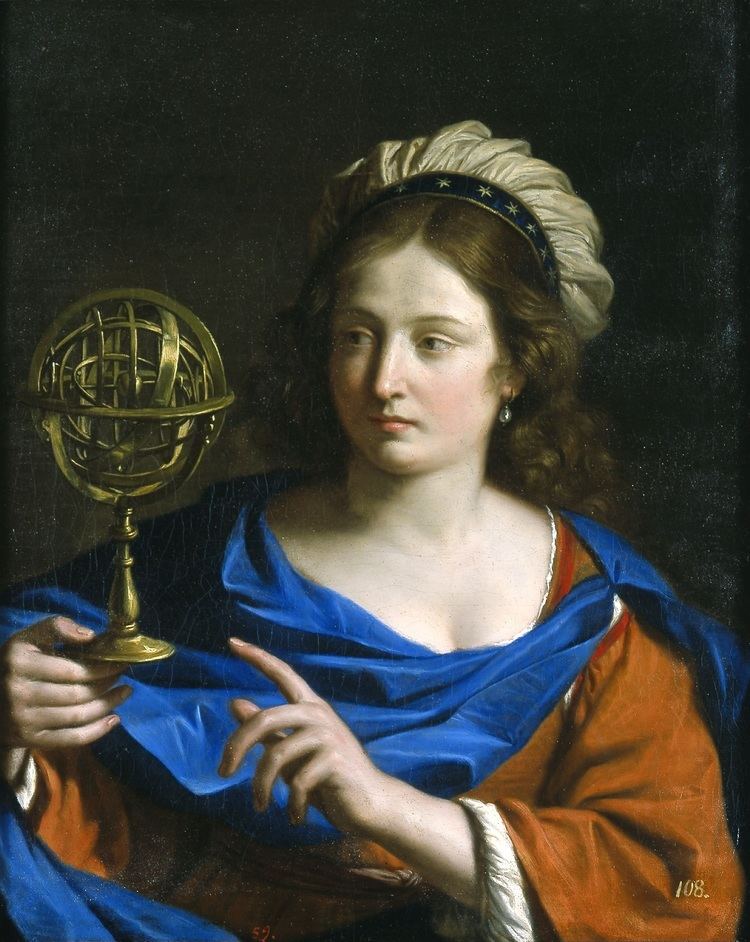
Guercino was recommended by Marchese Enzo Bentivoglio to the Bolognese Ludovisi Pope, Pope Gregory XV. The years he spent in Rome, 1621–23, were very productive. From this period are his frescoes Aurora at the casino of the Villa Ludovisi, the ceiling in San Crisogono (1622) of San Chrysogonus in Glory, the portrait of Pope Gregory XV (now in the Getty Museum, and The Burial of Saint Petronilla or St. Petronilla Altarpiece for the Vatican (now in the Museo Capitolini), which is considered his masterpiece.
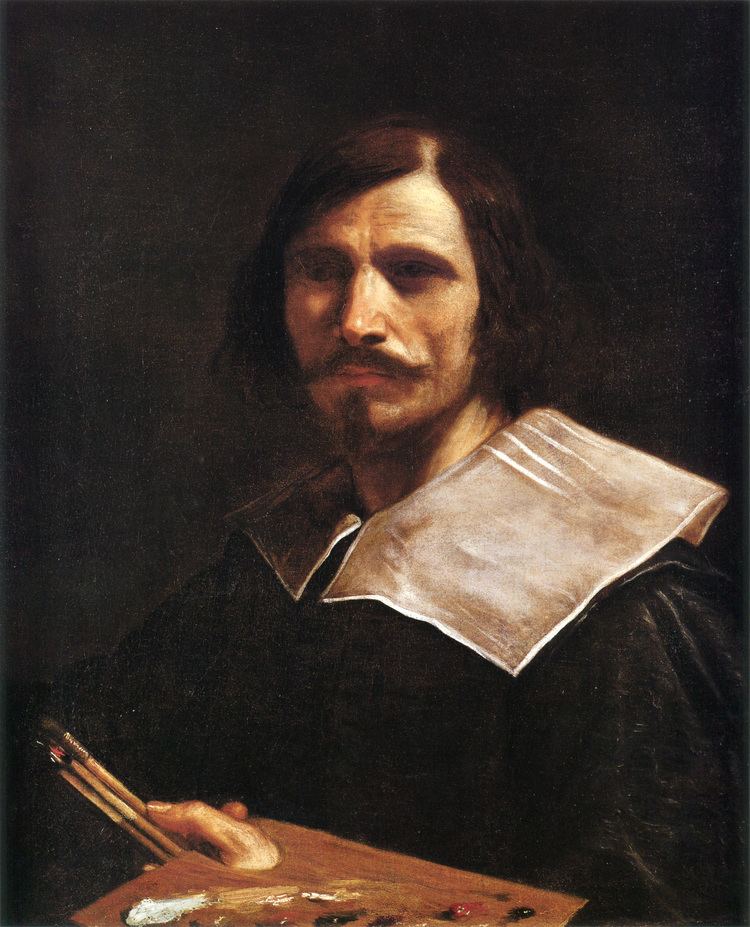
After the death of Gregory XV, Guercino returned to his hometown. In 1626, he began his frescoes in the Duomo of Piacenza. The details of his career after 1629 are well documented in the account book, the Libro dei Conti di Casa Barbieri, that Guercino and his brother Paolo Antonio Barbieri kept updated, and which has been preserved. Between 1618 and 1631, Giovanni Battista Pasqualini produced 67 engravings that document the early production of Guercino, which is not included in the Libro dei Conti. In 1642, following the death of Guido Reni, Guercino moved his busy workshop to Bologna and become the city's principal painter. In 1655, the Franciscan Order of Reggio paid him 300 ducats for the altarpiece of Saint Luke Displaying a Painting of the Madonna and Child (now in Nelson-Atkins Museum of Art, Kansas City). The Corsini also paid him 300 ducats for the Flagellation of Christ painted in 1657.

Guercino was remarkable for the extreme rapidity of his executions: he completed no fewer than 106 large altarpieces for churches, and his other paintings amount to about 144. He was also a prolific draftsman. His production includes many drawings, usually in ink, washed ink, or red chalk. Most of them were made as preparatory studies for his paintings, but he also drew landscapes, genre subjects, and caricatures for his own enjoyment. Guercino's drawings are known for their fluent style in which "rapid, calligraphic pen strokes combined with dots, dashes, and parallel hatching lines describe the forms". Guercino continued to paint and teach until his death in 1666, amassing a notable fortune. As he never married, his estate passed to his nephews and pupils, Benedetto Gennari II and Cesare Gennari. Other pupils include Giulio Coralli, Giuseppe Bonati of Ferrara, Cristoforo Serra of Cesena, Father Cesare Pronti of Ferrara, Sebastiano Ghezzi, Sebastiano Bombelli, Lorenzo Bergonzoni of Bologna, Francesco Paglia of Brescia., Benedetto Zallone of Cento, Bartolomeo Caravoglia, and Matteo Loves.
Exhibitions
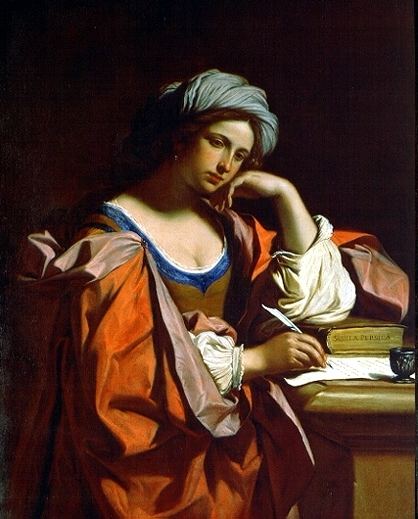
The exhibition Guercino. Triumph of the Baroque. Masterpieces of Cento, Rome and Polish collections, displayed at the National Museum in Warsaw from September 2013 to February 2014.
